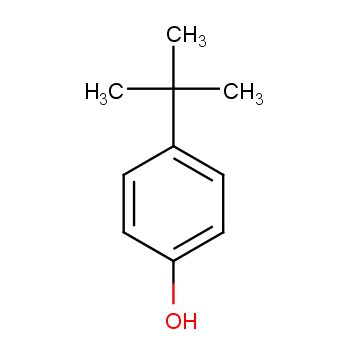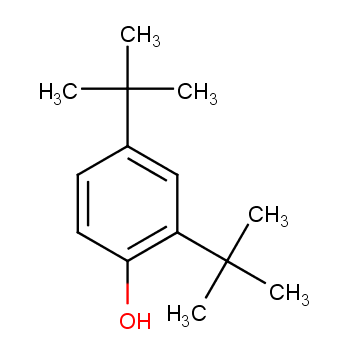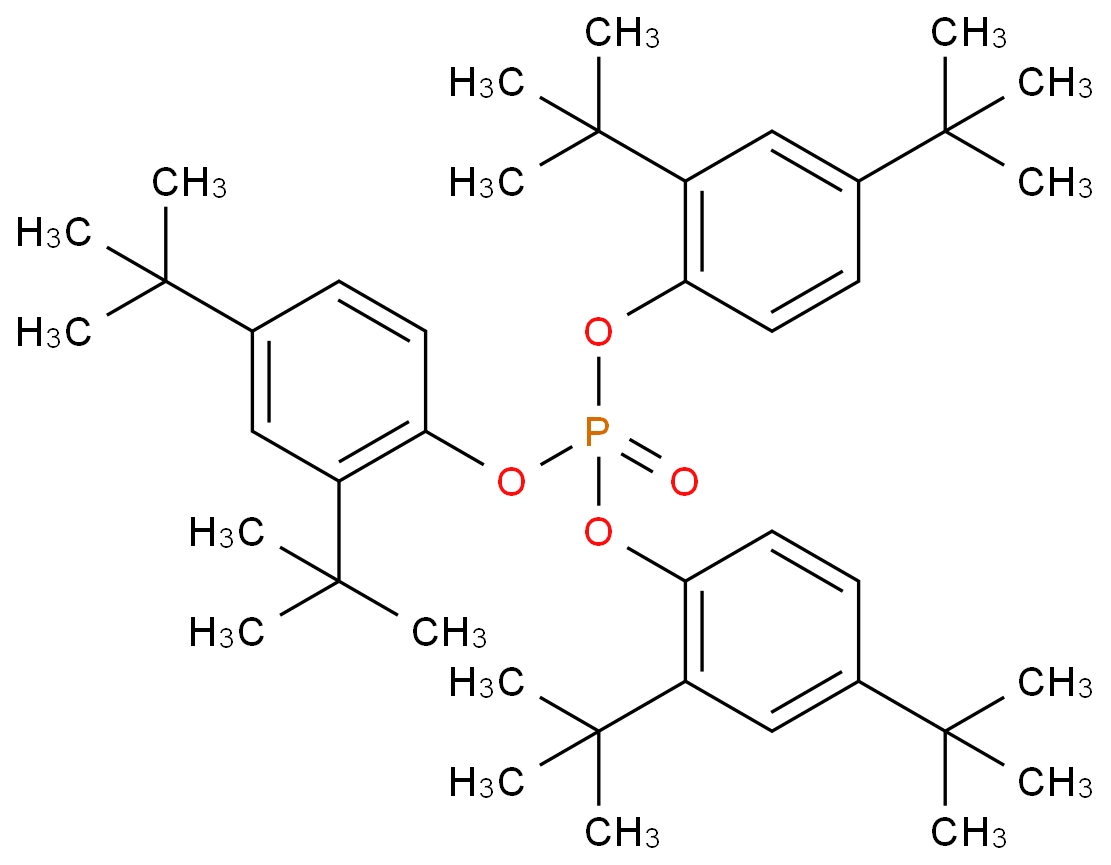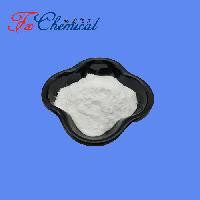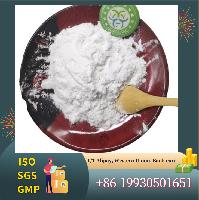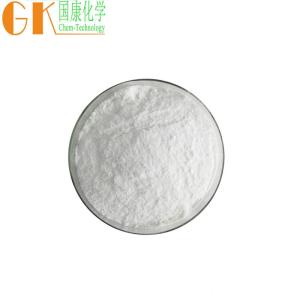The?Irgafos 168 , with cas registry number of 31570-04-4, has other registry numbers including?(1)104381-89-7 ; (2)129038-69-3 ; (3)219315-40-9 ; (4)245439-51-4 ; (5)478284-78-5 ; (6)69344-92-9 ; (7)754233-11-9 ; (8)874911-33-8. This chemical belongs to the categories of Additives for Plastic; Organics; Polymer Additives; Polymer Science; Stabilizers. Its IUPAC name and systematic name are the same which is called tris(2,4-ditert-butylphenyl) phosphite . The superlist name about this chemical is?known as?Phenol, 2,4-di-tert-butyl-, phosphite (3:1) .
Physical properties about this chemical are:?(1) ACD/LogP: 17.56 ; (2) # of Rule of 5 Violations: 2 ; (3) ACD/LogD (pH 5.5): 17.56 ; (4) ACD/LogD (pH 7.4): 17.56 ; (5) ACD/BCF (pH 5.5): 1000000 ; (6) ACD/BCF (pH 7.4): 1000000 ; (7) ACD/KOC (pH 5.5): 10000000 ; (8) ACD/KOC (pH 7.4): 10000000 ; (9) #H bond acceptors: 3 ; (10) #H bond donors: 0 ; (11) #Freely Rotating Bonds: 12 ; (12) Polar Surface Area: 41.28??2 ; (13) Flash Point: 394 °C ; (14) Enthalpy of Vaporization: 85.3 kJ/mol ; (15) Boiling Point: 594.2 °C at 760 mmHg ; (16) Vapour Pressure: 1.84E-13 mmHg at 25°C.
You can still convert the following datas into molecular structure:
(1) SMILES:O(P(Oc1ccc(cc1C(C)(C)C)C(C)(C)C)Oc2ccc(cc2C(C)(C)C)C(C)(C)C)c3ccc(cc3C(C)(C)C)C(C)(C)C;
(2) InChI:InChI=1/C42H63O3P/c1-37(2,3)28-19-22-34(31(25-28)40(10,11)12)43-46(44-35-23-20-29(38(4,5)6)26-32(35)41(13,14)15)45-36-24-21-30(39(7,8)9)27-33(36)42(16,17)18/h19-27H,1-18H3;
(3) InChIKey:JKIJEFPNVSHHEI-UHFFFAOYAP
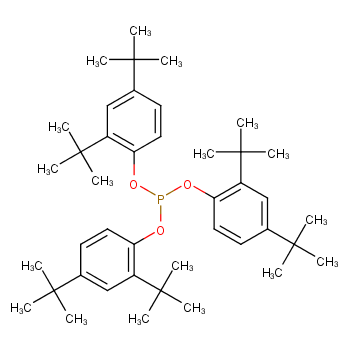
 EN
EN

